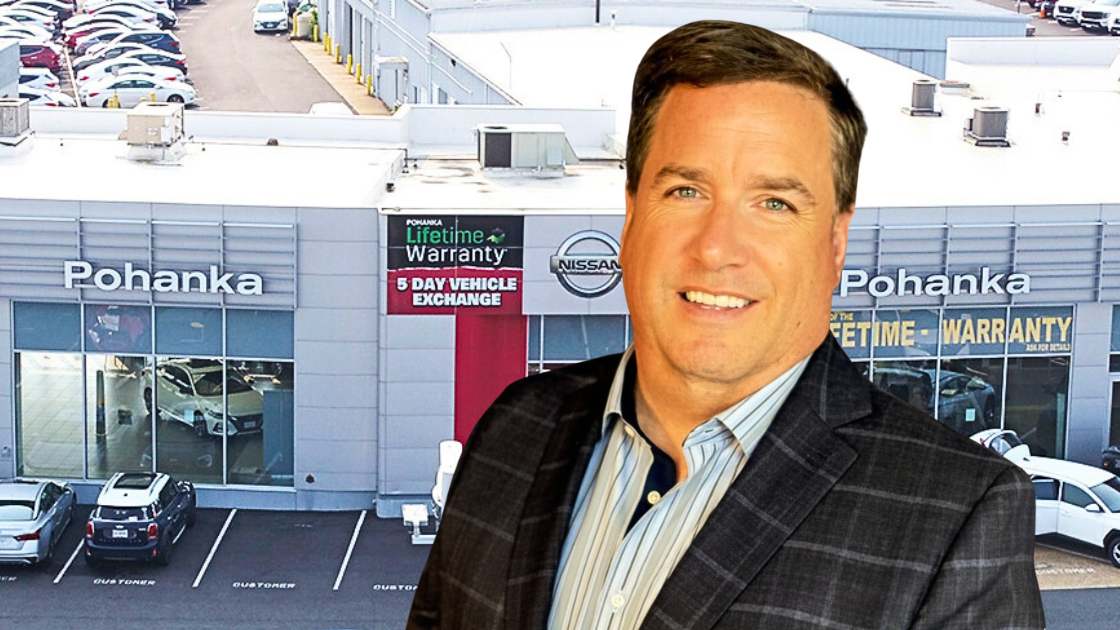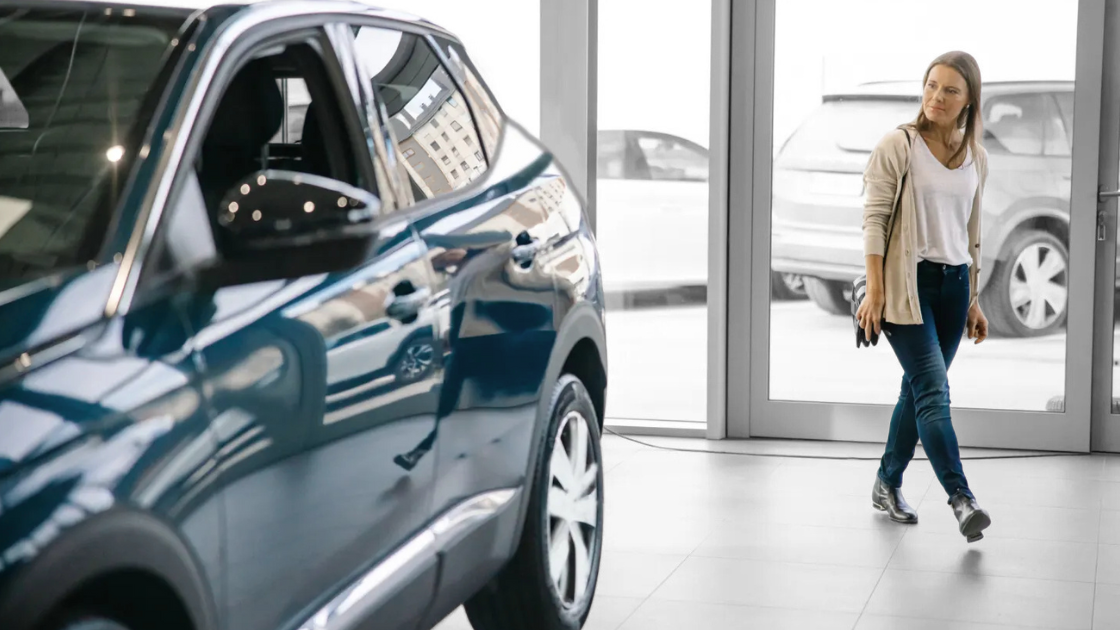
Ford $F ( ▲ 0.95% ) just can’t seem to shake its recall troubles, and this latest one involves more than 1 million vehicles.
The details: The recall affects 1,075,299 Ford and Lincoln models, and is caused by a software issue that could cause the rearview camera image to malfunction when the vehicle is in reverse.
The recall includes 2021-2024 Bronco and Edge; 2022-2024 Expedition; 2022-2025 Transit; 2021-2023 Mach-E; 2023-2024 Escape; and the 2024 Ranger and Mustang.
Several Ford trucks are also included like 2021-2024 F-150 and 2023-2024 F-250, F-350, F-450, F-550, F-600.
Among Lincoln vehicles, the recall includes 2021-2023 Nautilus; 2022-2024 Navigator; and 2023-2024 Corsair.
What they’re saying: “A frozen rear-view camera display image while in reverse can create a false representation of where the vehicle is relative to its surroundings, increasing the risk of a crash,” stated the U.S. Department of Transportation, National Highway Traffic Safety Administration.
The fix can be performed by an Over-the-Air (OTA) update, so drivers don’t have to visit the dealership unless they want to.
Between the lines: The recall system itself is becoming software-defined.
In 2014, just 12% of U.S. auto recalls involved software. By 2023, that number had nearly doubled to 23%.
And in Q1 2025 alone, electrical systems and backover prevention tech (exactly the category Ford’s camera issue falls into) were among the top reasons vehicles were recalled.
Why it matters: Ford may not be alone in facing software-driven recall issues, but it continues to lead in overall recall volume. The automaker was responsible for nearly one in three recalls last quarter, according to BizzyCar.
Big picture: Unlike mechanical parts, automotive software faces endless edge cases, environmental variables, and hardware decay that make real-world performance harder to predict. And, unsurprisingly, automakers are scaling complexity faster than they’re scaling quality.
Outsmart the Car Market in 5 Minutes a Week
No-BS insights, built for car dealers. Free, fast, and trusted by 95,000+ auto pros.
Subscribe now — it’s free.
Courtesy transportation is no longer a nice-to-have.
It’s a need-to-have.
That’s why 80% of dealership respondents agree that providing courtesy rides with Uber has helped retain customers, based on Uber’s survey of 79 organizations in 2023.
With Central, you can request an Uber ride on behalf of your customers, even if they don’t have the Uber app. Car dealerships love using Uber because it’s a simple way to offer white-glove customer service, supplement loaner cars or shuttles, and manage parts pickup and delivery.
Dealers can request one-way or round-trip rides, add multiple riders and locations, set spend caps, and even monitor trips in real time.
Plus, you'll get monthly reports to keep track of everything.
If you’re ready to reduce the costs associated with maintaining shuttles and limit the liability of loaner vehicles, it's time to partner with Uber for Business.
Visit t.uber.com/CDGauto today to learn more.











